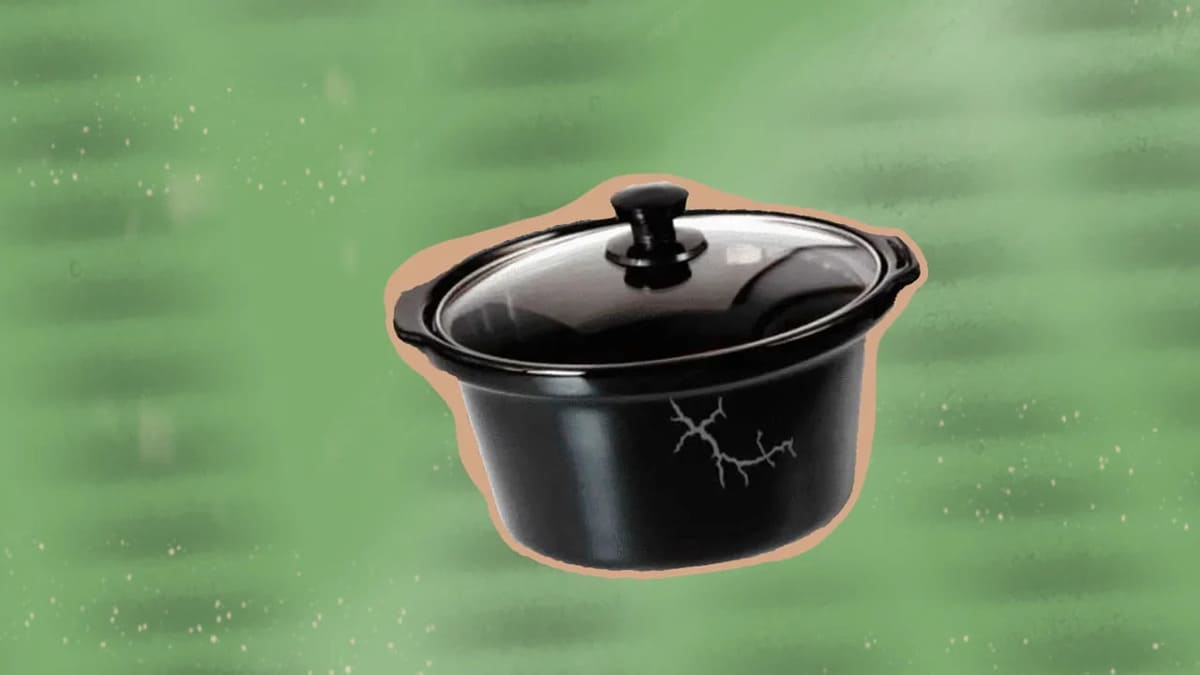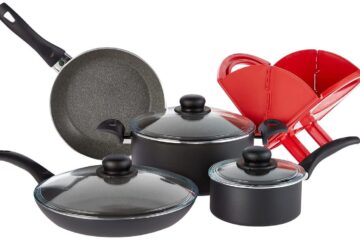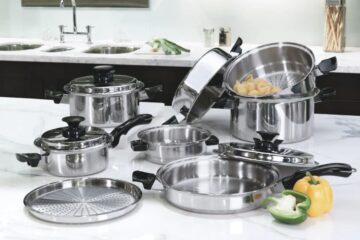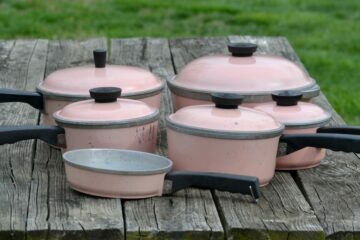Slow cookers are a convenient and popular kitchen appliance that many people use to prepare delicious meals with minimal effort. However, one common issue that slow cooker users may encounter is cracking. Slow cookers can crack under certain circumstances, which can be frustrating for users who rely on them to make meals.
There are several reasons why slow cookers may crack. One common cause is drastic temperature changes. When the ceramic insert of a slow cooker undergoes sudden temperature changes, such as when it is placed on a hot stovetop or when frozen food is added to a warm slow cooker, it can cause the ceramic to crack. Another cause of slow cooker cracking is mishandling, such as setting it down too hard on a solid surface. Understanding the causes of slow cooker cracking can help users take steps to prevent it from happening and ensure that their appliance lasts for a long time.
What are Slow Cookers?
Slow cookers, also known as crock-pots, are kitchen appliances used for cooking food at low temperatures over a long period of time. They consist of a removable ceramic or metal pot, surrounded by an outer shell that houses the heating element. The lid fits snugly on top of the pot to keep the heat and moisture inside.
Slow cookers are popular for their convenience and ability to make flavorful, tender meals with minimal effort. They are often used for making stews, soups, roasts, and other one-pot meals. Many slow cookers also have features such as timers, temperature controls, and automatic shut-off for added safety and ease of use.
One of the benefits of using a slow cooker is that it allows for hands-free cooking. Once the ingredients are added to the pot, the cooker can be left unattended for several hours while the food cooks. This makes it a great option for busy individuals or families who want to have a hot, home-cooked meal waiting for them at the end of the day.
Why Do Slow Cookers Crack?
Slow cookers are a convenient appliance that can help make cooking easier and more efficient. However, they are not invincible and can crack due to various reasons. Understanding why slow cookers crack can help users prevent potential damage and prolong the lifespan of their appliance.
Thermal Shock
One of the most common reasons for slow cooker cracking is thermal shock. This happens when the ceramic insert is exposed to sudden, extreme temperature changes. For example, placing a cold ceramic insert in a hot slow cooker base or using it on a stovetop burner can cause the material to expand and contract too quickly, resulting in cracks.
Poor-Quality Materials
Another reason for slow cooker cracking is the use of poor-quality materials. Cheap ceramic inserts or glass lids may not be able to withstand the high temperatures and repeated use of a slow cooker, leading to cracks or even breakage.
Improper Use
Improper use of a slow cooker can also cause it to crack. For instance, setting it down too hard on a flat surface or using it to heat up a huge, fully frozen object can put too much stress on the ceramic insert or glass lid, causing it to crack.
Age and Wear
Finally, slow cookers can crack simply due to age and wear. Over time, the repeated heating and cooling cycles can weaken the ceramic insert or glass lid, making them more susceptible to cracking.
How to Prevent Slow Cookers from Cracking?
Slow cookers are a valuable tool in any kitchen, but they can be prone to cracking if not used properly. Here are some tips to help prevent your slow cooker from cracking:
Choose High-Quality Materials
When purchasing a slow cooker, it’s important to choose one made from high-quality materials. Look for models with a ceramic or stoneware insert, as these materials are less likely to crack than cheaper alternatives like glass or metal. Additionally, choose a slow cooker with a sturdy and well-constructed base to prevent it from tipping over or becoming unstable.
Avoid Thermal Shock
One of the main causes of slow cooker cracking is thermal shock, which occurs when the ceramic insert is exposed to drastic temperature changes. To avoid this, always allow your slow cooker to cool down before cleaning it. Never place a hot ceramic insert in cold water, as this can cause it to crack. Additionally, avoid placing a frozen item directly into the slow cooker, as this can cause the ceramic to crack due to the sudden temperature change.
Use Properly
Using your slow cooker properly can also help prevent cracking. Always follow the manufacturer’s instructions for use and avoid overfilling the slow cooker. Overfilling can cause the ceramic insert to crack due to the weight of the food. Additionally, avoid using abrasive cleaners or utensils on the ceramic insert, as this can cause scratches that weaken the structure of the ceramic.
Replace Old or Worn Slow Cookers
If your slow cooker is old or worn, it may be more prone to cracking. Inspect your slow cooker regularly for signs of wear and tear, such as chips or cracks in the ceramic. If you notice any damage, it’s best to replace the slow cooker to prevent further damage or injury.
Conclusion
In conclusion, slow cookers are a great addition to any kitchen, but they can crack if not handled properly. The primary cause of slow cooker cracking incidents is drastic temperature changes. It is essential to avoid using slow cookers on stovetop burners or setting them down too hard on a flat, solid surface.
Additionally, it is crucial to follow the manufacturer’s instructions carefully. Slow cookers are designed to be used in a specific way, and any deviation from the instructions can lead to cracking or other issues.
If a slow cooker does crack, it is important to replace it immediately. Using a cracked slow cooker can be dangerous, as it can lead to leaks or even electrical issues.
Overall, slow cookers are a fantastic way to prepare delicious meals with minimal effort. By following the safety tips outlined in this article and using them correctly, you can enjoy your slow cooker for years to come.



